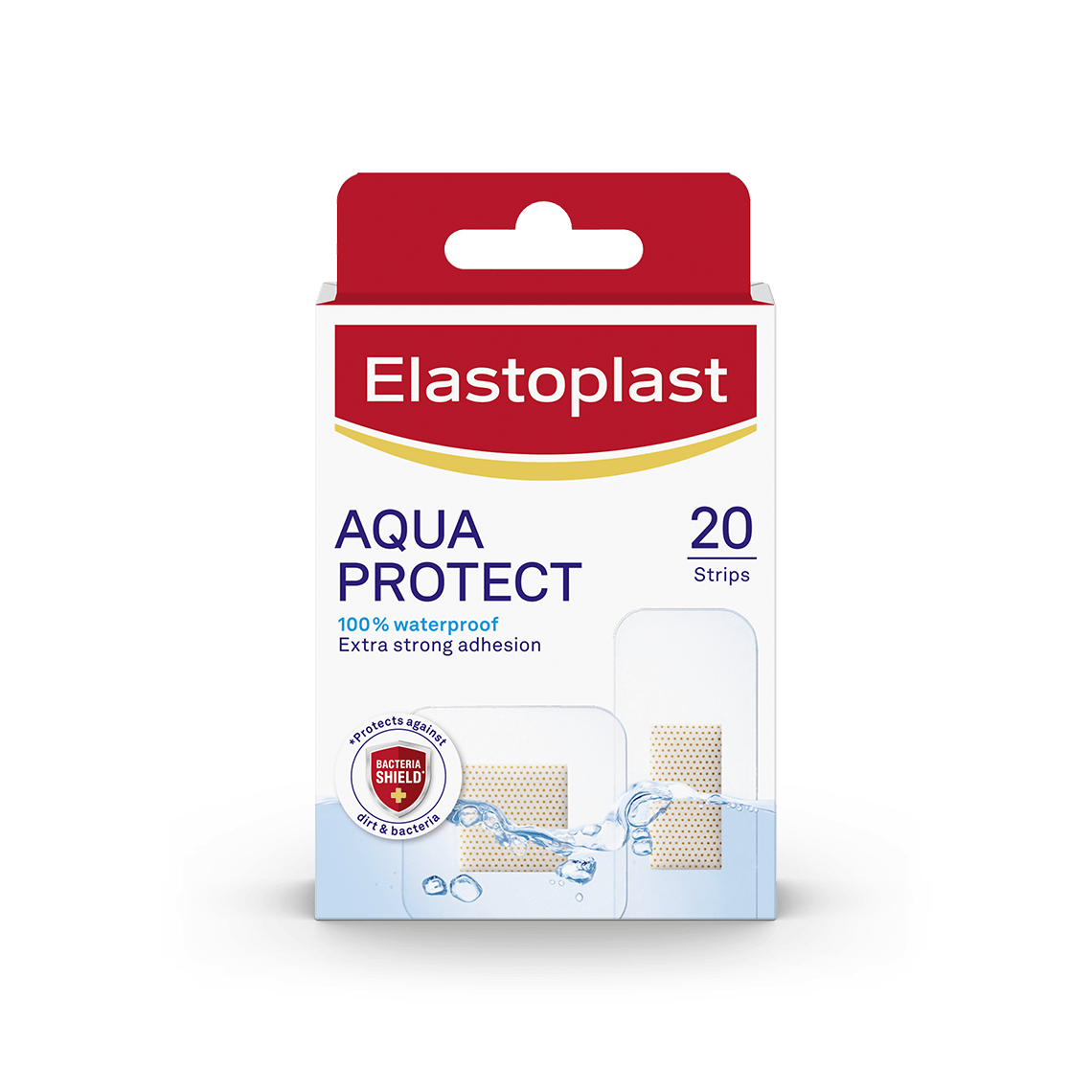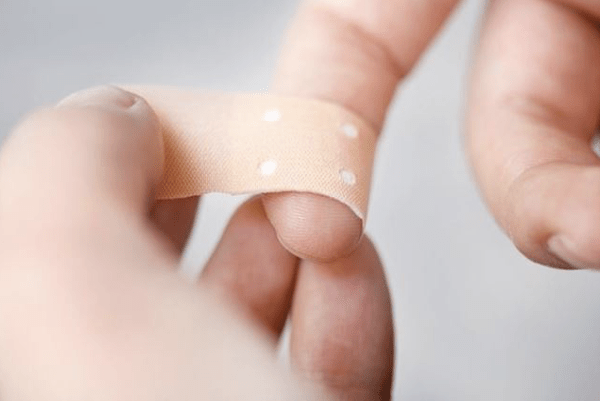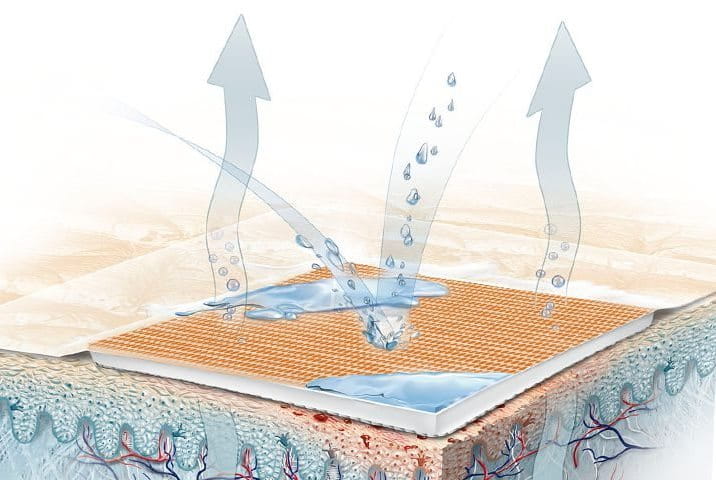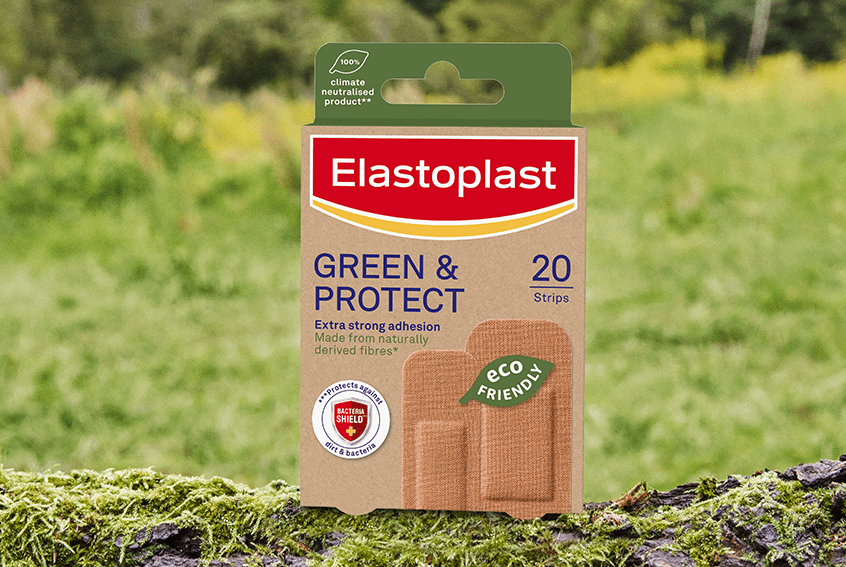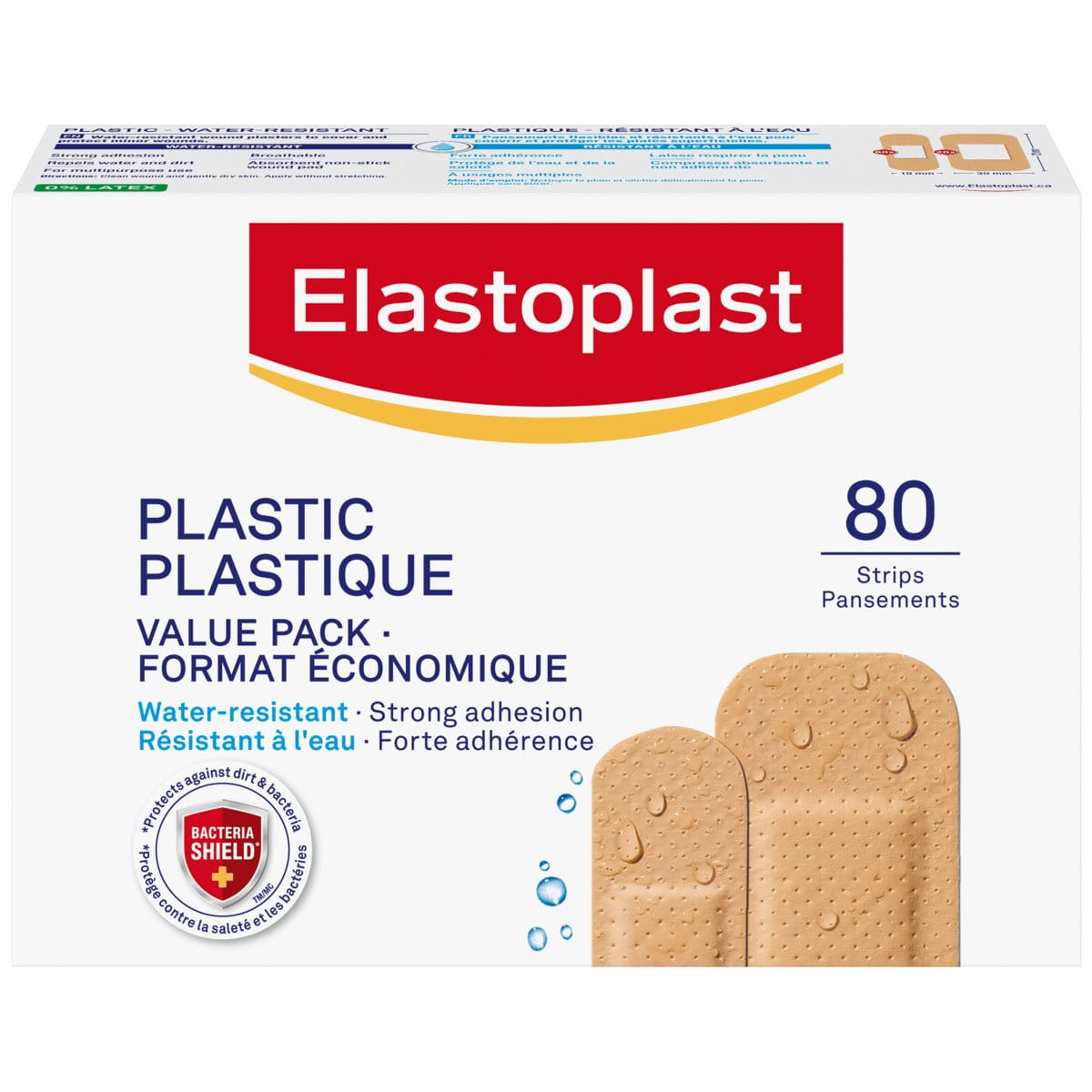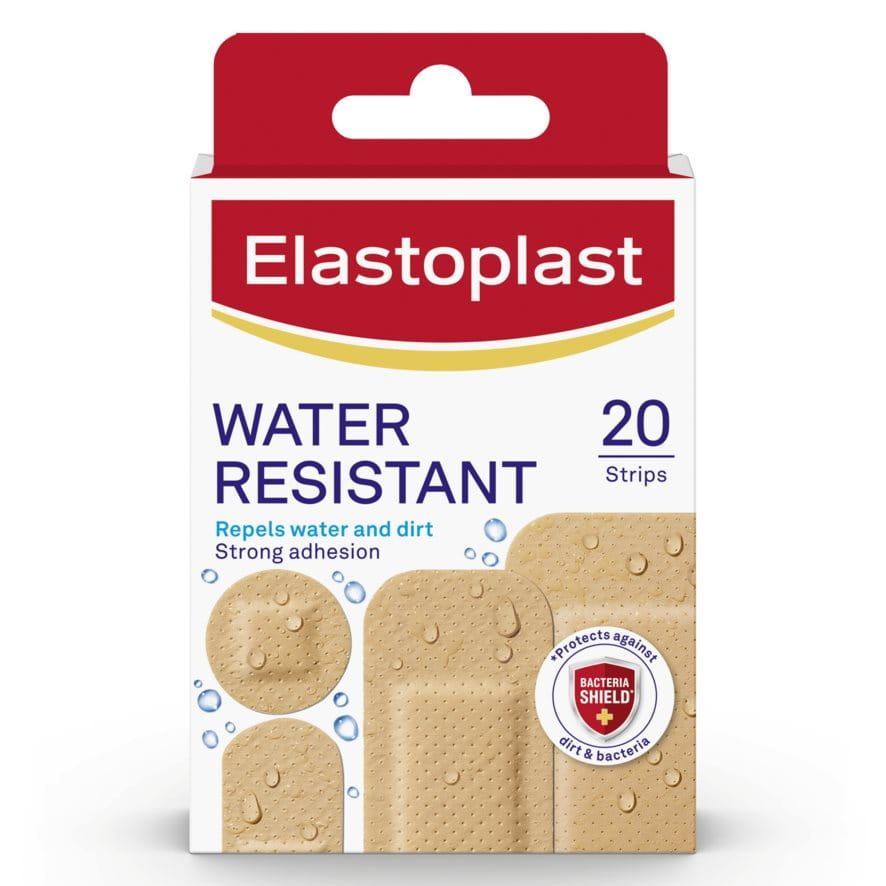ZA
Popular Searches
- blister plaster
- blister
- corns
- plasters
- scratches
Popular products
Popular products About
The Elastoplast Universal 10 Strips wound plasters are water-resistant wound dressings and are ideal for multipurpose use to cover and protect all types of minor wounds. With strong adhesion, the plasters stay in place for longer while an absorbent non-stick wound pad protects and cushions the wound.
NART: 45905-00006-45Hansaplast Universal 10 Strips plaster
Hansaplast Universal 10 Strips provides water-resistant, breathable protection to cover minor wounds. Hansaplast Universal Plasters repel water and dirt. The absorbent non-stick woundpad protects and cushions the wound. Extra strong adhesion ensures that the plaster stays in place. For multipurpose use. Directions: Clean wound and gently dry skin. 0% LATEX: No risk of allergies caused by Latex.
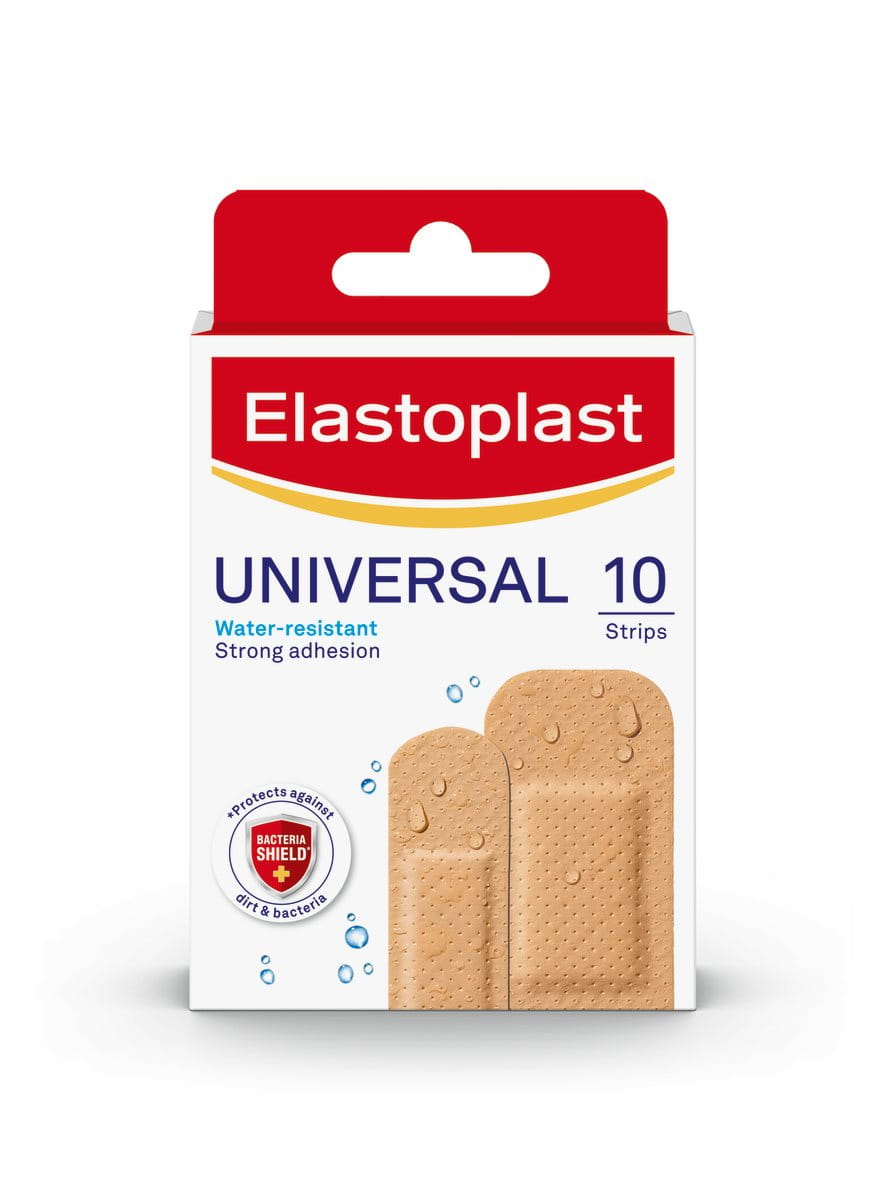
Read also some related articles
